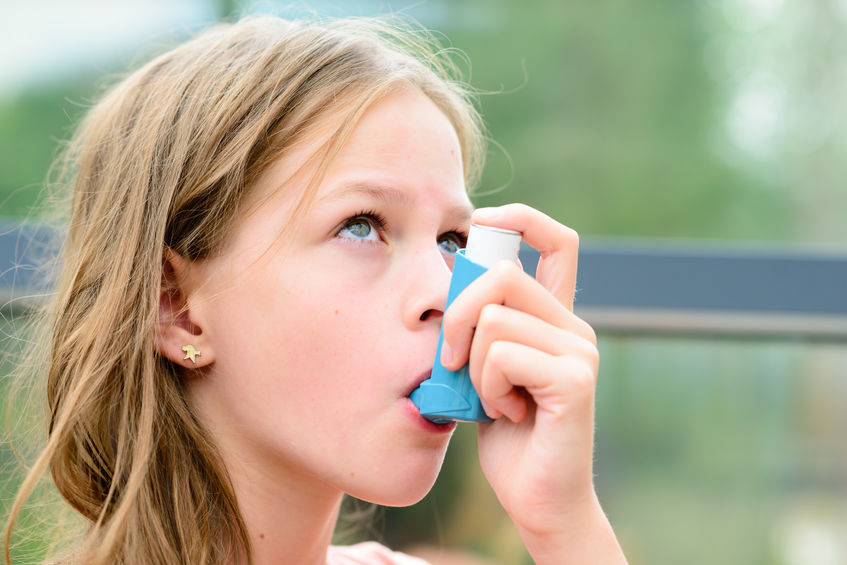Blog

#bioPGH Blog: Taking a Deep Breath
 A resource of Biophilia: Pittsburgh, #bioPGH is a weekly blog and social media series that aims to encourage both children and adults to reconnect with nature and enjoy what each of our distinctive seasons has to offer.
A resource of Biophilia: Pittsburgh, #bioPGH is a weekly blog and social media series that aims to encourage both children and adults to reconnect with nature and enjoy what each of our distinctive seasons has to offer.
Pittsburgh friends, we have good news and we have motivating news! The good news is that Pittsburgh last year moved into a better position in the American Lung Association’s annual “State of the Air” report because, overall, we have indeed decreased our fine particle pollution. The motivating news is that the greater Pittsburgh metropolitan area is still the 14th worst in the nation for fine particle pollution – that is better than our previous position of 9th, but it means we still have work to do. When you think about it, though, for a city that used to need streetlights on in the daytime because of soot, we are on the right track! Let’s learn a bit more about Pittsburgh air quality and what we call can do about it, shall we?
To start our dive, we’ve all heard that Pittsburgh has poor air quality, but what does that actually mean? How is it measured? The air quality index (AQI) is one way to convey the potential risk in daily levels of air pollution. Since days with higher levels of pollutants can be dangerous to children, elderly individuals and folks who already have health concerns, the AQI is a ranking system to help you make choices about daily activities to help keep loved ones safe.
When we hear about AQI alerts in the news, they are generally referring to a group of six EPA-criteria pollutants: carbon monoxide, lead, nitrogen oxides, ground-level ozone, sulfur oxides and particle pollution (also called “particulate matter” — a blend of tiny airborne solids and liquid droplets, usually about 1/10 – 1/40 the size of a grain of sand). Some of the pollutants are gases but some of them, like lead and particles, are microscopic materials that can cause health issues when inhaled.
Pollutants come from varying sources, but broadly speaking, pollutants come from four primary sources: mobile sources (cars, trains, planes, etc.), stationary sources (industry, power plants, oil refineries, etc.), area sources (cities and farms), and natural sources (volcanoes, wildfires, etc.). Depending on the particle or gas type, some pollutants can travel across the globe and stay in the atmosphere for years, while others can react with other chemicals in the atmosphere to either break down or create a more harmful pollutant. To specifically explore Pittsburgh air, the Breathe Project provides a clearinghouse of resources to help determine which pollutants are in our air and where they come from. The PennEnvironment Research and Policy Center provides a list of Allegheny County’s “Toxic Ten,” which are the facilities emitting the most toxic air pollution in Allegheny County, so that users can check their proximity, while the Pittsburgh Regional Environmental Threats Analysis (PRETA) Report by the University of Pittsburgh Graduate School for Public Health studies the particulate matter in the air.
When it comes to air pollution, the type of pollution will determine the exact harm. But generally speaking, pollution can cause respiratory issues, skin conditions, an increased risk of heart attack, and some other more severe concerns. Notably, Pittsburgh’s rate of childhood asthma is twice the national average, and children living in historically excluded communities are disproportionately impacted because they tend to live closer to pollution sources. In addition, low birth weight, birth deformities, and an increased rates of miscarriage (2014, 2018, 2022) are all linked to air pollution exposure. As of 2016, the US spends $170.8 billion per year on just the cost of respiratory-related healthcare, with asthma coming in as one of the biggest costs.
This is also just the effect on humans. Air pollution is similarly detrimental to the health of wildlife, water sources and soil as pollutants that fall back to the ground are introduced to the water cycle, which in turn negatively impacts even broader facets of habitats.

Whew…this all sounds overwhelming. So what can we actually do to help?
First of all and most importantly, you are helping right now just by learning about the issue. We can’t take action without understanding the problem, so by reading about air pollution, you are taking the first steps toward action. Don’t let your research stop with this blog, though! Here in Pittsburgh, organizations like Breathe Project and GASP are working on clear air education projects and have a variety of resources for a deeper dive.
For a few more practical options:
- Advocate for public transportation and bike-safe streets whenever possible.
- Download the SmellPGH app to record bad air days in your area (and isn’t it odd that if you’re from Pittsburgh, you know exactly what I mean when I say a “bad air day” and you can even picture the smell?)
- Talk about Pittsburgh’s air — talk in public arenas, on your social media, and wherever you have a voice or platform.
- Keep an eye on policy and regulatory decisions that will help manage clean air, like the EPA’s recently announced goals about fine particulate pollution.
Phipps also offers its own resource, Easy Steps with Big Impact for Climate Change, that is designed to help you take action at home — and many of the same steps that positively address climate change also help to mitigate air pollution! Here’s a sample of just a few of steps you can take:
- Switching to a renewable energy source like solar or wind allows you to power your home without the emissions impact of fossil fuels.
- Planting low-maintenance trees that grow fast and live long is excellent for carbon sequestration, and strategic placement of trees around your home can help reduce your cooling needs.
- Driving the most energy-efficient car you can. Electric cars are best, but there are fuel efficiencies to consider at every price point.
And from the Breathe Project website, additional suggestions include:
- Selecting household cleaners that are water-based or have low amounts of volatile organic compounds to avoid indoor air pollution.
- Changing your car’s air filter and oil regularly.
- Using less water, since letting your faucet run for five minutes uses about as much energy as letting a 60-watt light bulb run for 14 hours, according to the EPA.
In the end, there are things we all can do — and the awesome part is knowing we have already shown we can do it. Pittsburgh is a resilient with some uniquely amazing people; let’s show those air quality reports how tough the Steel City can be when we set our minds on positive change!


